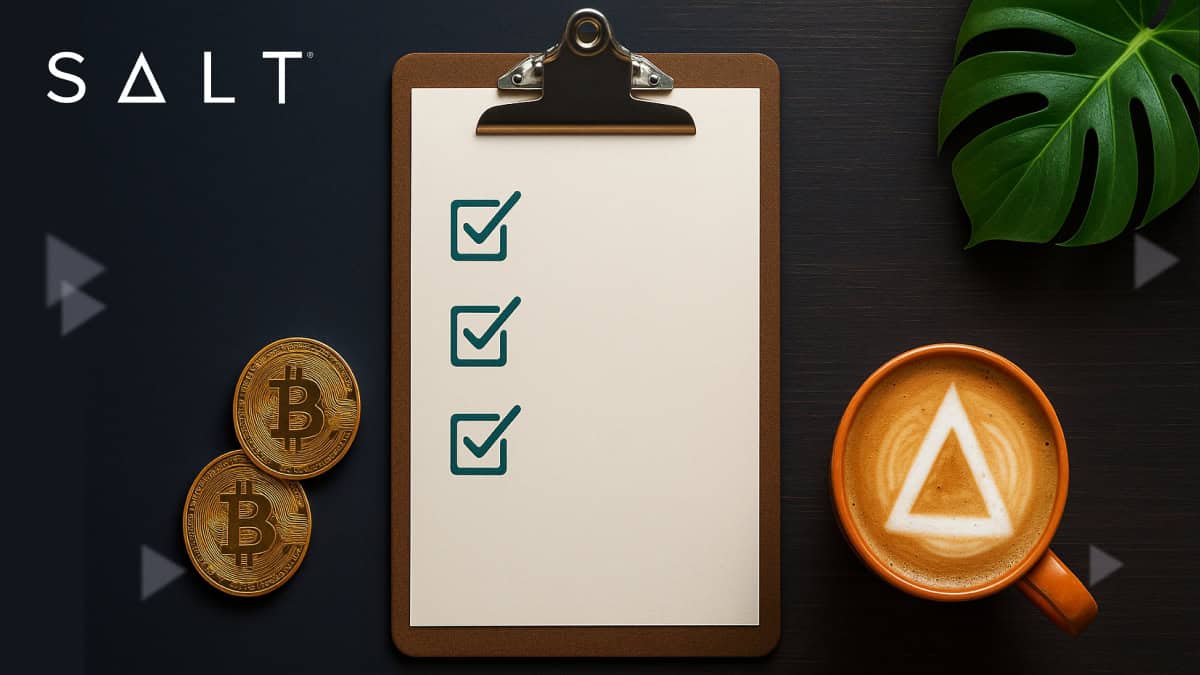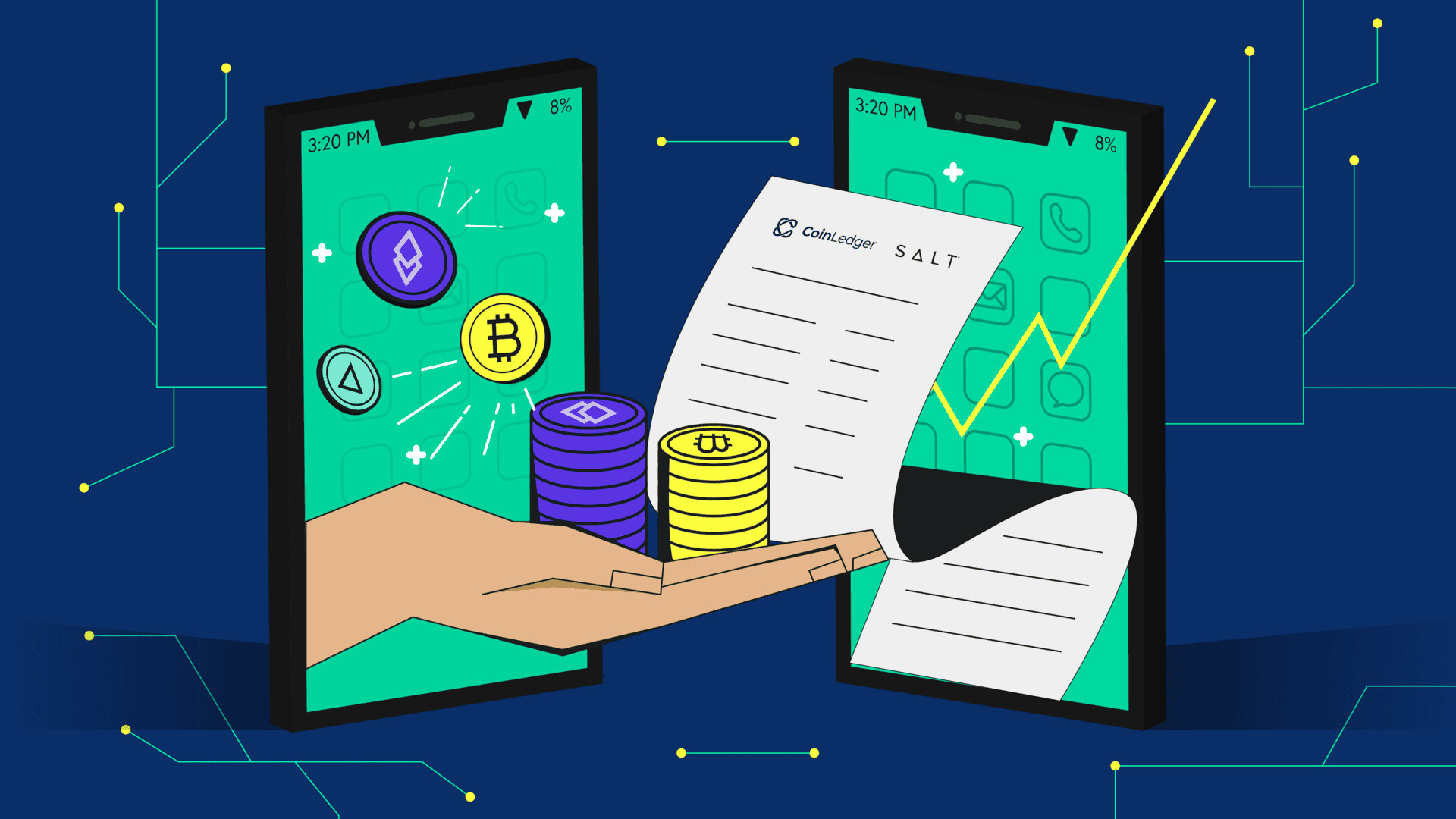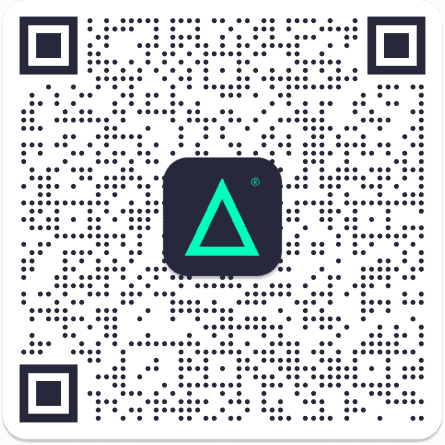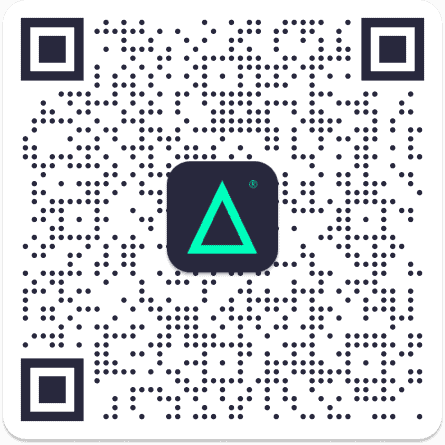Bitcoin is no longer just a fringe technology discussed in internet forums, it’s become a globally recognized asset class, investment vehicle, and movement. Whether you’re curious about what Bitcoin is, how it works, or how to get started, this guide is designed to help you understand it from a beginner’s point of view.
What Is Bitcoin?
Bitcoin is a decentralized digital currency created in 2009 by an anonymous person or group using the pseudonym Satoshi Nakamoto. The original whitepaper, “Bitcoin: A Peer-to-Peer Electronic Cash System”, laid the groundwork for a monetary system that doesn’t rely on banks or governments.
Key Characteristics of Bitcoin:
- Limited Supply: Only 21 million bitcoins will ever exist, creating built-in scarcity.
- Decentralized: No central authority controls the Bitcoin network.
- Transparent: All transactions are recorded publicly on a blockchain.
- Immutable: Once recorded, transactions cannot be altered or erased.
Bitcoin enables peer-to-peer transactions across borders, without needing to trust intermediaries. This is why it’s often called a “trustless” system—trust is replaced by cryptographic proof.
Why Bitcoin
Bitcoin is a new kind of money, one that’s not controlled by any government or bank. It’s digital, decentralized, and built for a world that’s moving online.
Unlike traditional currencies, Bitcoin has a fixed supply of 21 million coins. That scarcity makes it valuable, especially at a time when governments are printing more money than ever.
It’s also secure and censorship-resistant. Because it runs on a global network and uses advanced cryptography, no single person or institution can control or shut it down.
Over time, Bitcoin has shown strong growth, especially during economic uncertainty. It’s easy to buy, sell, and send, giving you more flexibility than many traditional assets.
And now, Bitcoin can do even more: you can borrow against it without selling, using it as collateral, just like real estate or stocks.
In short, Bitcoin offers a way to protect and grow your wealth, with more freedom, control, and opportunity than ever before.
How Does Bitcoin Work
Blockchain Technology
At the core of Bitcoin is the blockchain, a public, distributed ledger maintained by thousands of computers (called nodes) around the world. Every transaction is recorded in a block and added chronologically to the chain.
Each block contains:
- A list of recent transactions
- A reference to the previous block (called a hash)
- The result of a cryptographic puzzle (proof-of-work)
This design makes it virtually impossible to tamper with past transactions—if you try to alter a block, it breaks the chain and is rejected by the network.
Mining and Proof-of-Work
Mining is how new Bitcoin transactions are validated and added to the blockchain.
- Miners use powerful computers to solve complex mathematical problems.
- The first miner to solve the problem adds the next block to the blockchain.
- As a reward, they receive newly minted bitcoins and transaction fees.
This process, known as proof-of-work, makes Bitcoin secure and resistant to fraud.
Key Concepts in Mining:
- Block Time: A new block is added roughly every 10 minutes.
- Difficulty Adjustment: The network adjusts the mining difficulty every 2 weeks to maintain steady block production.
- Hash Rate: The total computing power securing the network. A higher hash rate means a more secure system.
Bitcoin Storage, Keys & Wallet
So how do you store, access or send Bitcoin? Since Bitcoin is on the blockchain you will have to interact with the blockchain. First of all, Bitcoin relies on public-key cryptography meaning:
- The public key is used as an address where others can send you Bitcoin.
- The private key allows you to access and control the Bitcoin associated with your address.
Keeping your private key secure is crucial. Losing it means permanently losing access to your funds.
Bitcoin Wallets
A Bitcoin wallet is software or hardware that stores your private keys and facilitates transactions. Wallets don’t store actual bitcoins—they store the credentials needed to access them on the blockchain.
Types of Wallets:
- Software Wallets: Apps for desktop or mobile. Easy to use, but potentially vulnerable to malware.
- Hardware Wallets: Physical devices (like Ledger or Trezor) that keep keys offline.
- Paper Wallets: Physical printouts of your keys, suitable for cold storage but prone to damage or loss.
- Custodial Wallets: Third-party services (e.g., exchanges) that manage keys for you. Convenient, but you trust someone else with your assets.
How to Acquire Bitcoin
The most common way to buy Bitcoin is through a regulated cryptocurrency exchange. In the U.S., Coinbase is a popular, publicly traded exchange.
Steps to Get Started:
- Create an account with a reputable exchange.
- Verify your identity (KYC/AML process).
- Deposit fiat currency via bank transfer, debit card, etc.
- Buy Bitcoin and choose whether to keep it in a custodial wallet or withdraw to your personal wallet.
Always check that your exchange:
- Is regulated in your jurisdiction
- Has a transparent fee structure
- Offers strong security protocols
Investing in Bitcoin: Common Strategies
Bitcoin is both volatile and promising. Investors typically use a few different approaches:
- HODLing: Holding for the long term with belief in Bitcoin’s future growth.
- Swing/Day Trading: Buying and selling based on short-term price swings (requires experience).
- Diversification: Adding Bitcoin to a larger portfolio to hedge against inflation or fiat instability.
⚠️ Bitcoin is not risk-free. Never invest more than you’re willing to lose.
Risks and Considerations
Before jumping in, be aware of the following:
- Regulatory Risk: Laws surrounding crypto vary and may change.
- Security Risk: Scams, phishing attacks, and exchange hacks are common.
- Volatility: Bitcoin’s price can swing 10–20% in a single day.
- Custodial Risk: If you trust an exchange to store your Bitcoin, you’re also trusting their security.
Mitigation Tips:
- Use hardware wallets for long-term storage.
- Enable 2FA on all accounts.
- Keep multiple backups of your private key or seed phrase.
- Only use trusted exchanges and services.
How to get started investing in bitcoin
- Learn the Basics: Continue reading guides and whitepapers (e.g., the original Bitcoin whitepaper).
- Choose a Wallet: Start with a reputable software or hardware wallet and make sure to do your research.
- Choose an exchange: Do some research which exchange is available in your jurisdiction.
- Practice Security: Use 2FA, backup your seed phrase, and keep your private keys secure and be aware of scammers.
- Stay Updated: Bitcoin evolves quickly. Follow trustworthy news sources, communities, and regulatory updates.
Why Bitcoin Matters
Bitcoin represents a radical shift in how we think about money. It’s not just a new asset class—it’s a decentralized alternative to fiat currency, built for transparency, security, and personal freedom.
Whether you’re here to invest, build, or just learn, understanding Bitcoin is your first step into the broader world of digital finance.
Your journey to financial freedom starts with education.
Want to put your Bitcoin to work?
If you already own Bitcoin, learn how to borrow against it without selling using secure, trusted platforms like SALT Lending.








